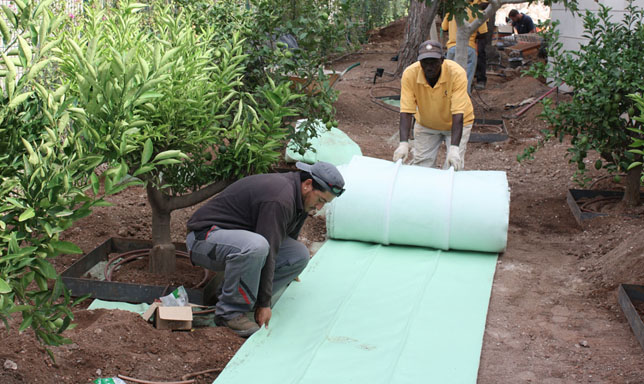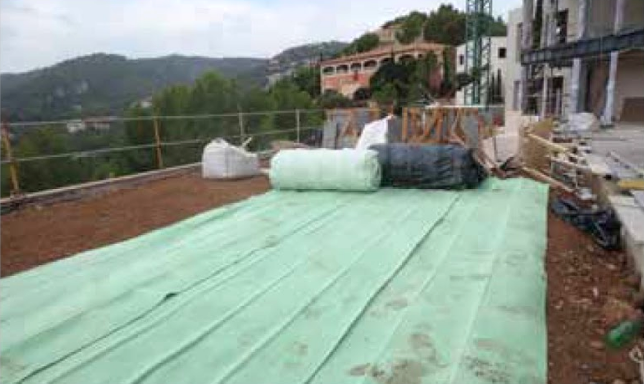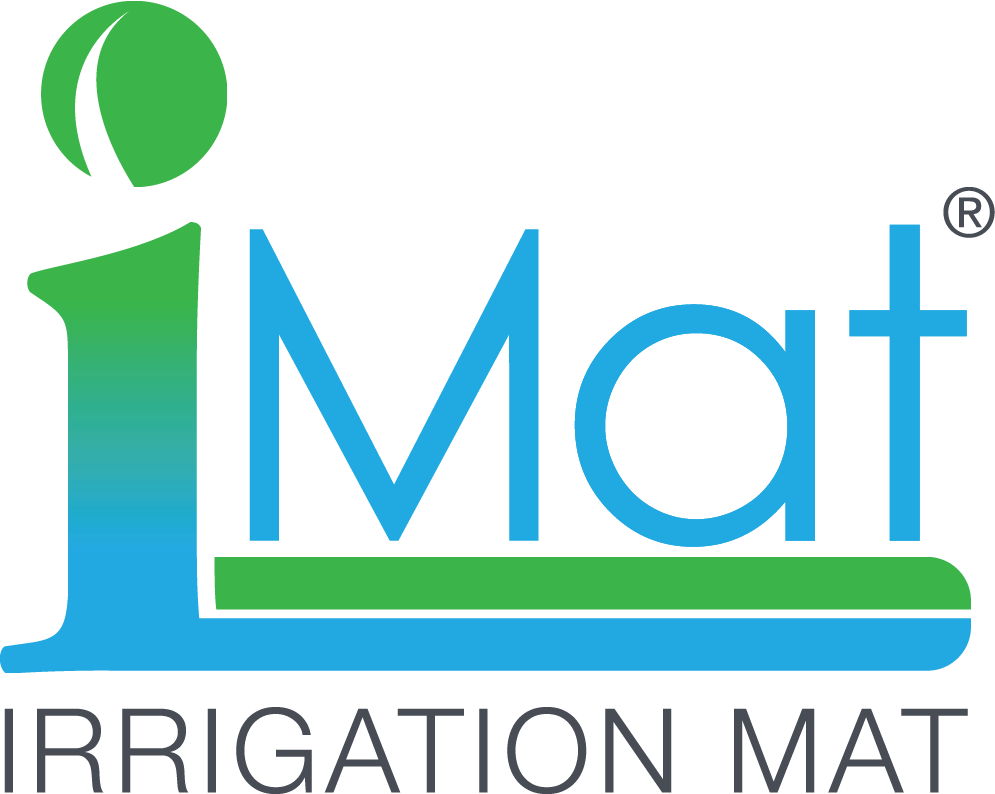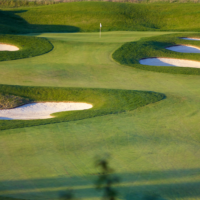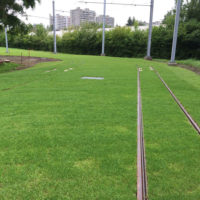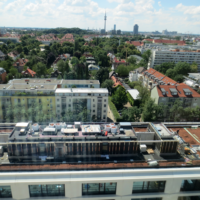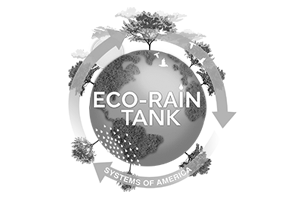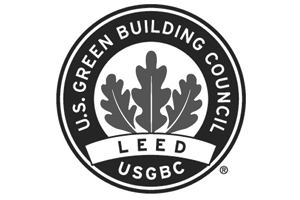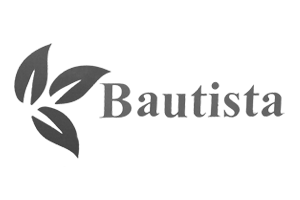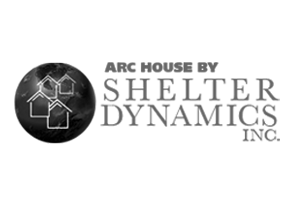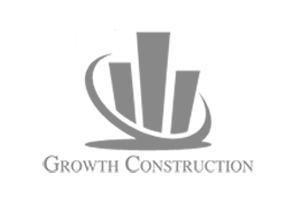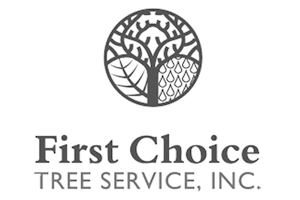Are you ready to save up to 70% of water compared
to conventional irrigation?
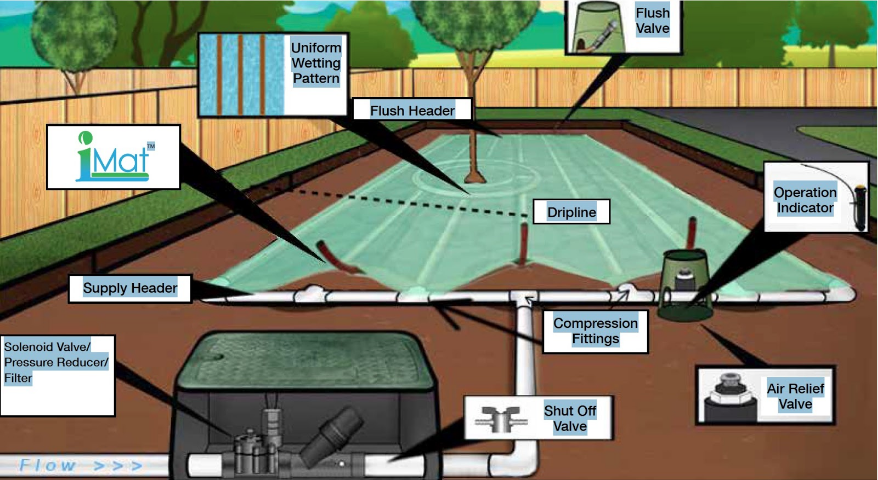
A typical zone layout consists of a supply header and exhaust/flush header where the drip lines of the iMat are connected to. Large trees require a separate ring system of drip lines to ensure sufficient water supply.A big advantage of the system is the uniform wetting pattern throughout the entire irrigation zone.This feature allows plant growth even in arid climate zones, on sandy grounds and on rooftops, where other irrigation systems are limited.
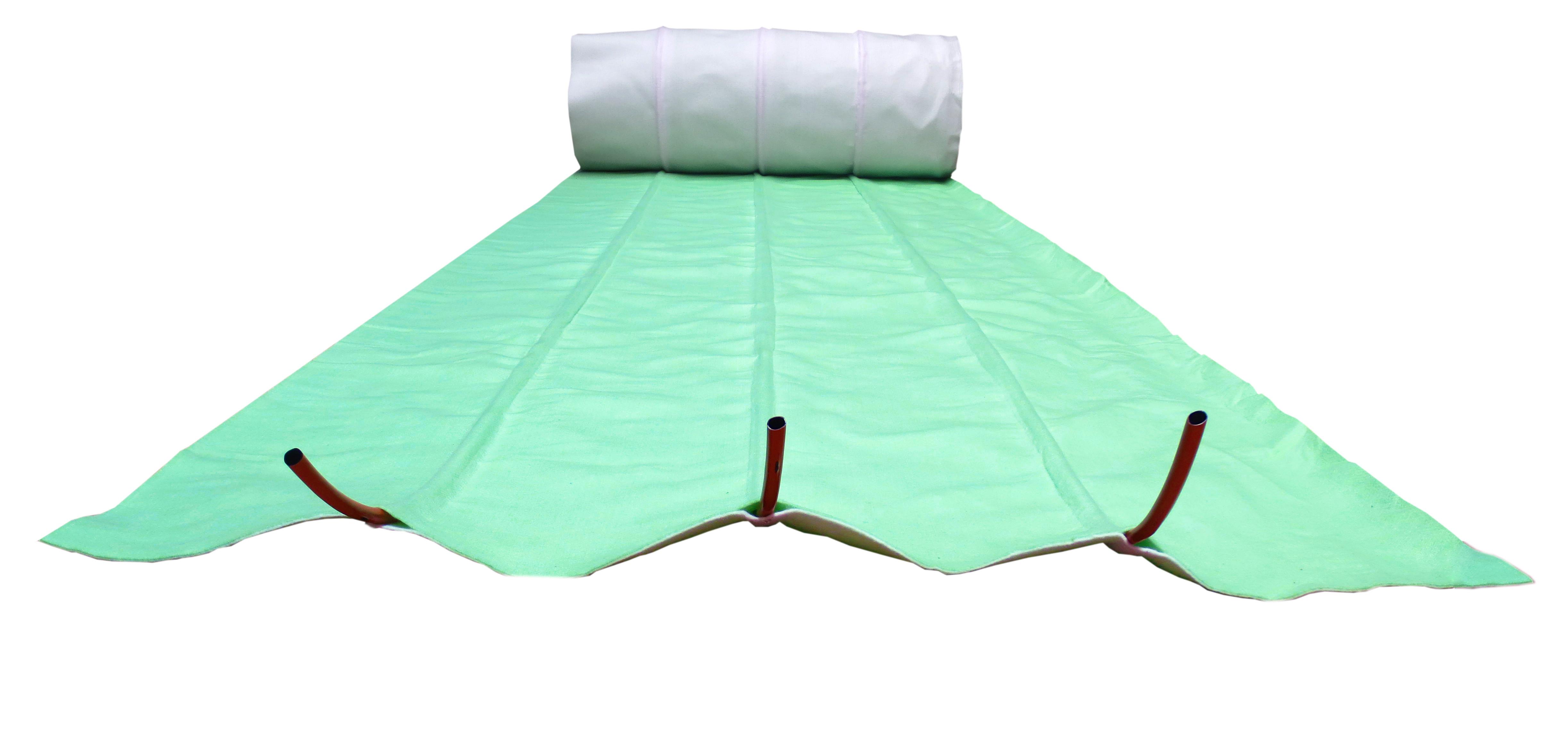
- Standard: 165 ft x 4 ft
- Small: 82 ft x 4 ft
- XXL: Special order
The iMat is suitable for irrigation of rolled grass and lawn sowing, perennials and small plantings, ground cover, small shrubs and copses. The average installation depth for grass sowing and rolled lawn is between 10 – 15 cm (4 – 6”) for grass sowing, rolled lawn and perennials between 15 – 30 cm (6 – 12”) and for small shrubs and perennials 30 cm – 40 cm (12-15.7”). For large trees a separate irrigation system needs to be installed, which can be integrated into the iMat system.

The Leadership in Energy and Environmental Design (LEED) Green Building Rating System is a point based rating system to evaluate the environmental performance of a building over its life cycle. LEED promotes a building approach to sustainability in five key areas: sustainable sites, water savings, energy efficiency, materials selection and indoor environmental quality.
Detailed information on obtaining credits and the certification process is available from The United States Green Building Council (USGBC) on their website: www.usgbc.org
The designer on the LEED project needs to provide an irrigation plan and legend as well as calculations and a cut sheet of the irrigation system demonstrating how water consumption is reduced by 50%.
For rooftops energy efficiency: demonstrate percentage improvements in the proposed building performance rating compared with the baseline building performance.
Our iMat is designed to be adaptable to all manufactured drip lines that are applicable for various water qualities including wastewater.
There is no soil requirement. This makes the iMat unique and cost effective to other subsurface technologies. No special soil needs to be imported.

